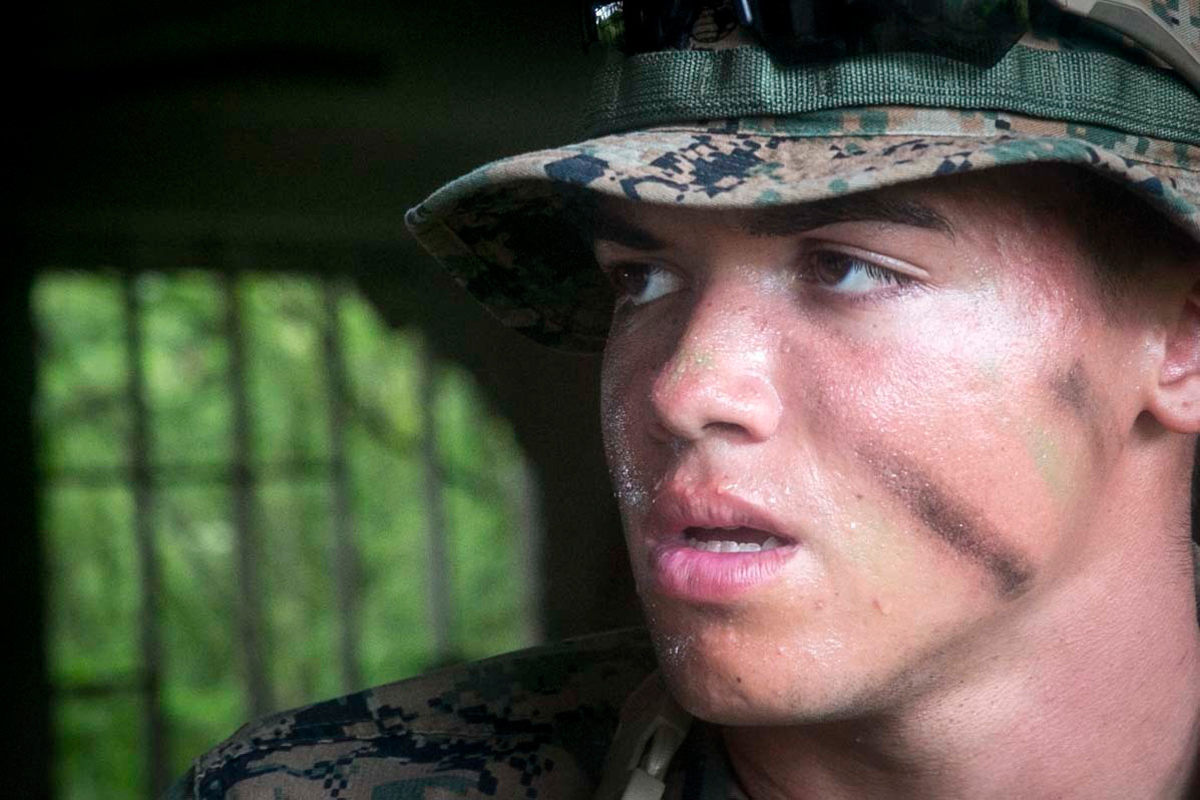
The Marine Corps is still sending vehicles and other supplies to Australia in anticipation of the rotation happening this year. Australian authorities have strict quarantine and inspection requirements.

The Marine Corps is still sending vehicles and other supplies to Australia in anticipation of the rotation happening this year. Australian authorities have strict quarantine and inspection requirements.

took em long enuff to realise

the Australian government were not available for comment :|

The majority of the 2500 personnel in this year’s US Marine Rotational Force – Darwin (MRF-D) are expected to arrive in early April, with the rest to arrive in early July.
Greens candidate for Nightcliff Billee McGinley warns the deployment should be postponed until local viral risk is better understood.
“This deployment of 2500 USA Marines comes at the worst possible time,” she said.
A spokeswoman from MRF-D said before arriving in Australia all the US service members will be screened by medical personnel for symptoms and other risk factors associated with COVID-19. Any symptomatic personnel will not deploy.
However, Ms McGinley remains sceptical if those protocols for quarantine are adequate.
“Today, we’re urging the Chief Minister to step up and assert a leadership role in managing the specific risk presented by thousands of visiting foreign servicemen.”
“We’ve called previously for the NT Chief Minister to take an active role in setting boundaries for the visiting forces. This time it’s urgent. The 2020 deployment should be immediately postponed.”

More than $1b additional investment in making us reliant on the USA: major runway extensions, fuel stockpiles and engineering will be designed to support “Code E” large aircraft, such as US Air Force B-52 strategic bombers and RAAF KC-30 air-to-air refuellers.
Mr Morrison told The Australian the $1.1bn spending comes on top of almost $500m that had already been planned for Tindal.
Under the US Force Posture Initiative signed in 2011 by the Gillard government and Obama administration, the US and Australia committed to joint funding for military infrastructure projects of about $2bn.
This included an increase in the annual rotation of US marines through Darwin to about 2000. The Tindal program will be funded under Australia’s contribution, after the US announced it would spend $305m in upgrading infrastructure in Darwin
“These are (the) sorts of things you can do when you manage money well and invest in priorities of keeping Australia safe and building the capability of our defence forces.” #FFS